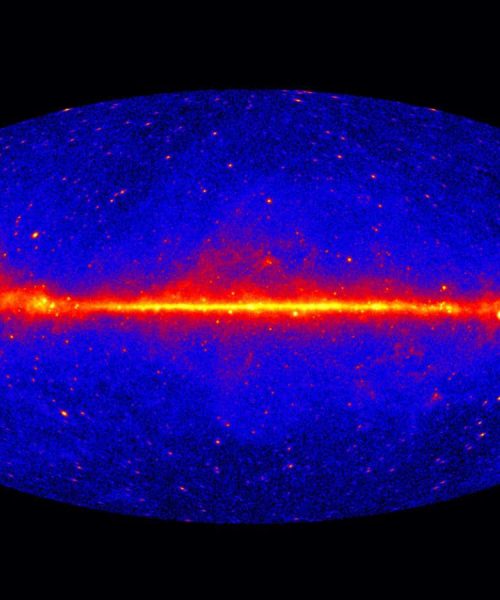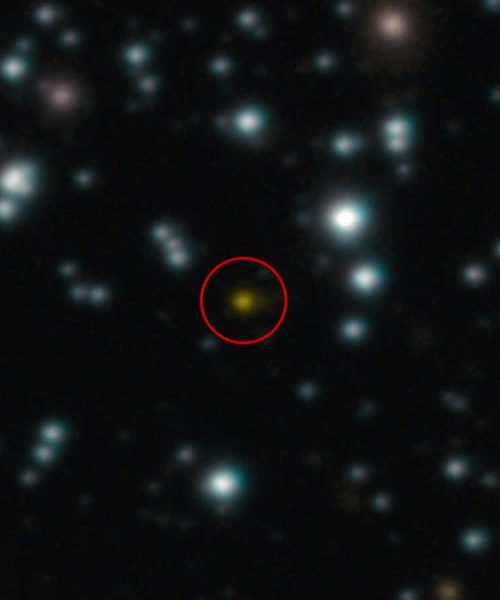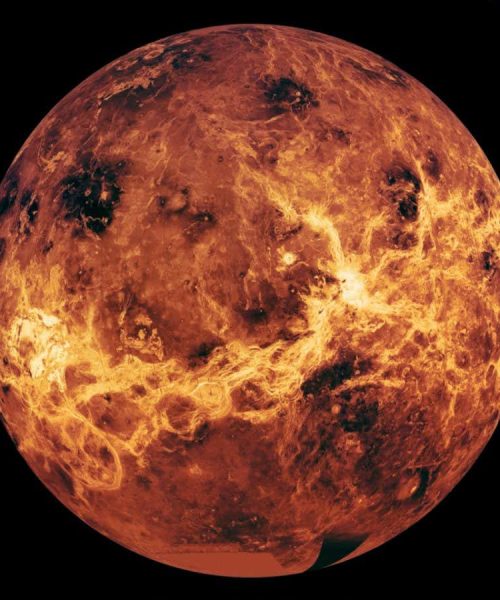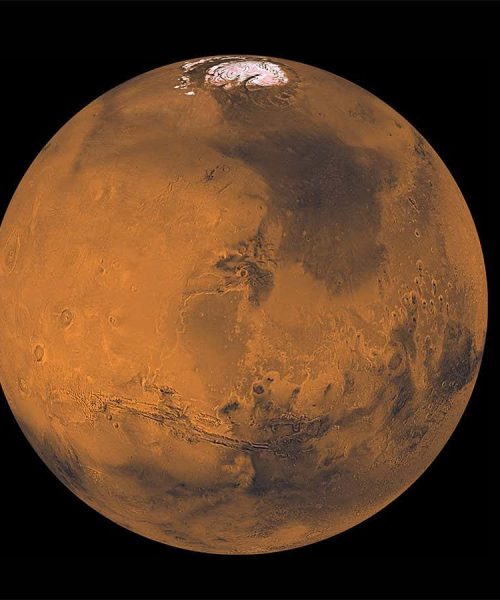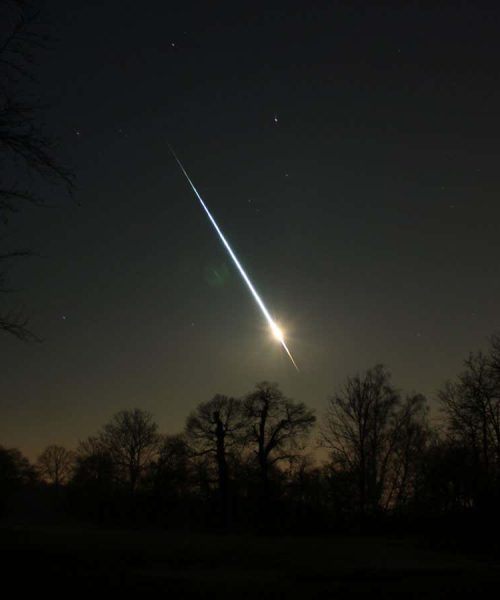
The motion of bubbling gas on the surface of the star R Doradus
ALMA (ESO/NAOJ/NRAO)/W. Vlemming
Giant bubbles of hot gas more than 75 times the size of our sun have been observed on the surface of a nearby star, which researchers say may lead to better solar computer simulations.
Wouter Vlemmings and his colleagues at Chalmers University of Technology in Gothenburg, Sweden, hoped to observe R Doradus, which is 178 light years from Earth and 350 times larger than the sun, to better understand how matter is ejected from ageing stars.
Advertisement
Vlemmings says they booked time with the Atacama Large Millimeter/submillimeter Array (ALMA) observatory in Chile, where only one in seven applications make it, to collect a single snapshot observation.
The first two attempts were hindered by Earth weather conditions, so only the third met the strict quality criteria set out in the researchers’ application for observatory time. But this meant they accumulated multiple images, which Vlemmings says were actually all usable, allowing the team to plot movement over time.
Not only was this the first time such bubbles have been observed in detail outside our solar system, but the images also formed a sort of flipbook, allowing the researchers to gauge speed as well as size. “That was a bonus,” says Vlemmings. “We didn’t plan for it, and certainly we didn’t expect that it would all fall into place [this way].”
They also found that the giant bubbles of gas, measuring more than 100 million kilometres from side to side, were surfacing and then sinking back into the star’s interior faster than expected.
Nuclear fusion reactions inside stars create convection currents, where hot bubbles of gas rise to the surface before cooling and sinking towards the core. It is thought that this process is responsible for ejecting matter that then escapes a star’s gravity and spreads out into the cosmos to form new stars and planets. It now seems that it occurs three to four times faster than predicted, at least in R Doradus, where the bubbles form and disappear over around one month.
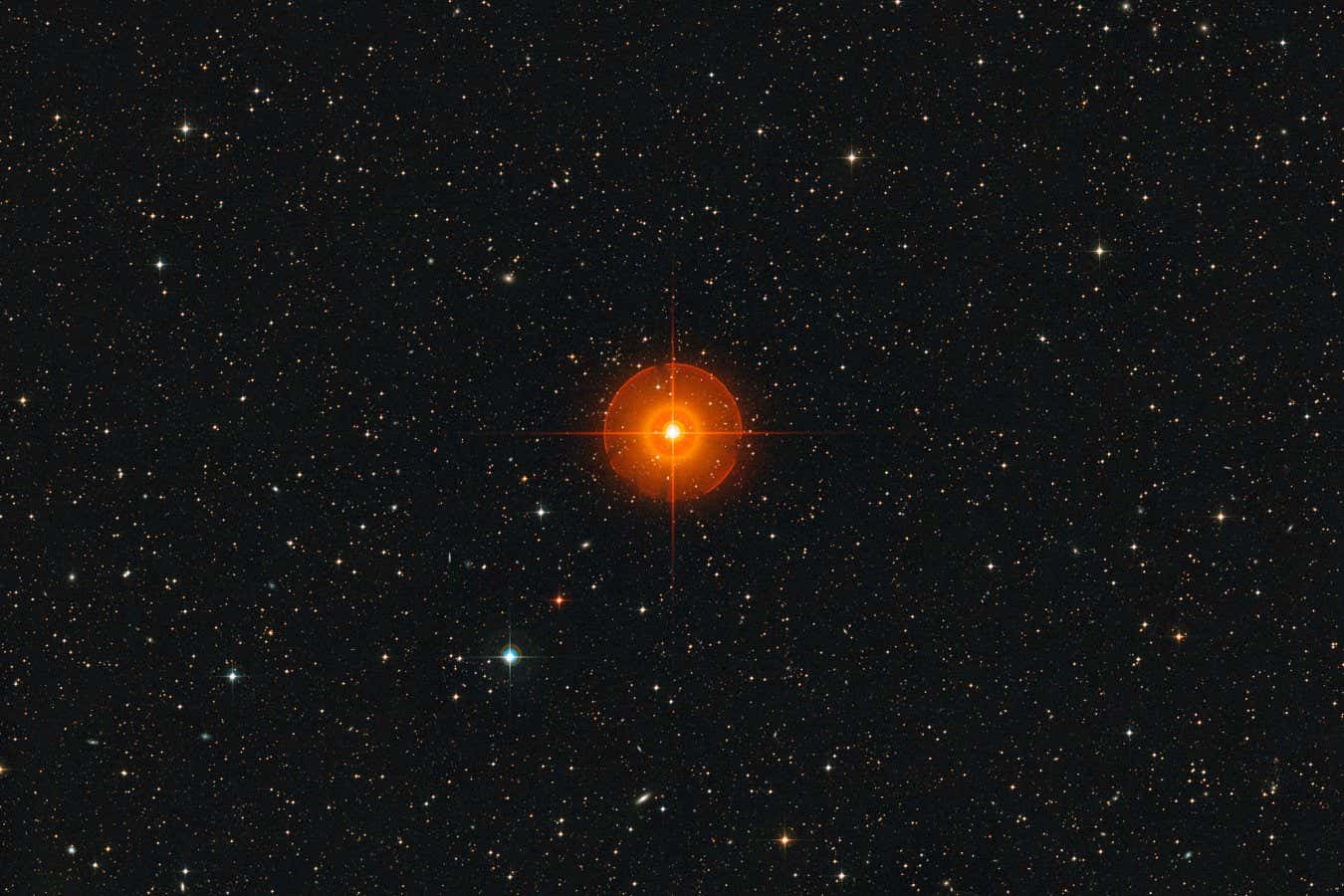
The region around R Doradus
ESO/Digitized Sky Survey 2
Convection on stars has been modelled with computers for some time, but these models now appear to be slightly lacking because the movement isn’t as fast as has now been observed in the real world, says Vlemmings.
“There seems to be something missing a little bit, because these bubbles are a little bit faster than was predicted,” he says. “For a long time in our field, the models have basically been ahead of the observations, but we’ve actually never had the observations to test if those models were right.”
R Doradus hadn’t been the focus of much research in the past because it can only be seen from the southern hemisphere and, historically, most of the large radio telescopes were in the northern hemisphere. But Vlemmings says this has changed with ALMA. It also produces such comprehensive data that he expects more remains to be found. The researchers hope to observe similar stars next year to see if they can find the phenomenon elsewhere.
Topics:
